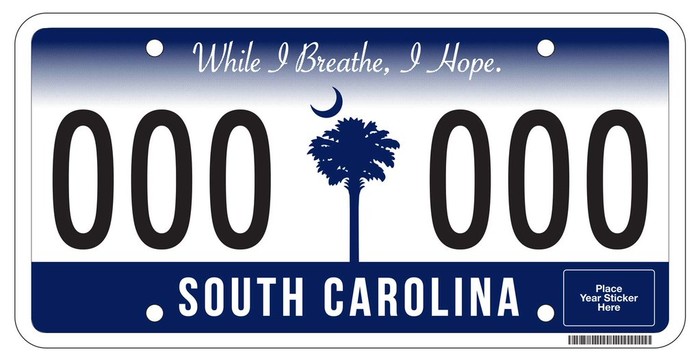
In this very hectic world, the power of meditation is coming increasingly apparent and finding time to settle the mind is becoming a more accepted therapy for stress and anxiety.
Meditation is not, as many believe, the emptying of the mind, but rather it is the focusing of the mind to allow thoughts to come and go, uninterrupted and un-manipulated. This stream of consciousness allows our thoughts, feelings and intentions to become clearer and more focused.
There are many forms of meditation, from sitting in silence to guided meditations, as well as the use of mantra to stay present and focused. The mantra is a word of phrase that can be chanted aloud, or repeated silently to oneself, and can be a powerful meditative tool. According to Hindu tradition, chanting your mantra can transform your consciousness, promote healing both physically and spiritually, or fulfill honest desires.
The practitioner rests in a comfortable, seated position, with eyes closed, and repeats the mantra, silently or aloud. As the mind focuses on the chant or the mantra, it becomes easier to let go of thoughts and the breath slows and deepens. To keep track of the mantra, the mala is used in what is called japa, or mantra meditation.
The mala is a string of beads used to help count mantras as the practitioner sits in meditation. It usually includes 108 beads, or multiple thereof, as well as a guru bead and tassel and is a personal and special item. It is said that when Mahatma Gandhi, the Great Soul of India, was assassinated he had fewer than 10 possessions, including his mala and a copy of the Bhagavad Gita.
The mala is rife with symbolism. The 108 beads circle around the guru bead like the planets revolve around the sun. But the number 108, considered auspicious in India, has many other meanings. For example, there are 108 pithas, or sacred sites, throughout India, and 108 marma points, or scared points, on the human body. There are 54 letters in the Sanskrit alphabet, and each has both a masculine and feminine side (as many things in Hindu culture do!) for a total of 108 characters. When yogis wish to dedicate a special practice to a cause or an intention, we often practice 108 sun salutations as a dedication or mala.
Using the mala is similar to using a rosary. The practitioner holds the mala in their right hand, chants the mantra, and keeps track of the mantra by moving the thumb and counting each mantra by moving on to the next bead. The mantra is repeated 108 times.
To dedicate and empower your mala, the japa should be performed every day for forty days. This will bring healing energy to your mala and the mala can then be worn or given to another as a means of transferring energy and healing qualities.
Choosing a mantra is a very personal decision. Your mantra need not be in Sanskrit; it can be one word or a phrase with special meaning or intention. Your mantra can be “Sat Nam” (Truth is my identity) or “God is Good.” Whatever you choose, you should empower yourself and allow the power of meditation to transform your life.
If you’d like to make your own mala and learn more, please join Tej Kaur Thompson, Kundalini yoga teacher, at Dancing Dogs Yoga on Sunday, October 24th from 3-5pm for a Mala Making Workshop. Cost is $30 and includes all materials for making your own mala. You will learn more about the meaning of 108, and japa mala. Pre-registration is required. Email shelley@dancingdogsyoga.com to enroll.
